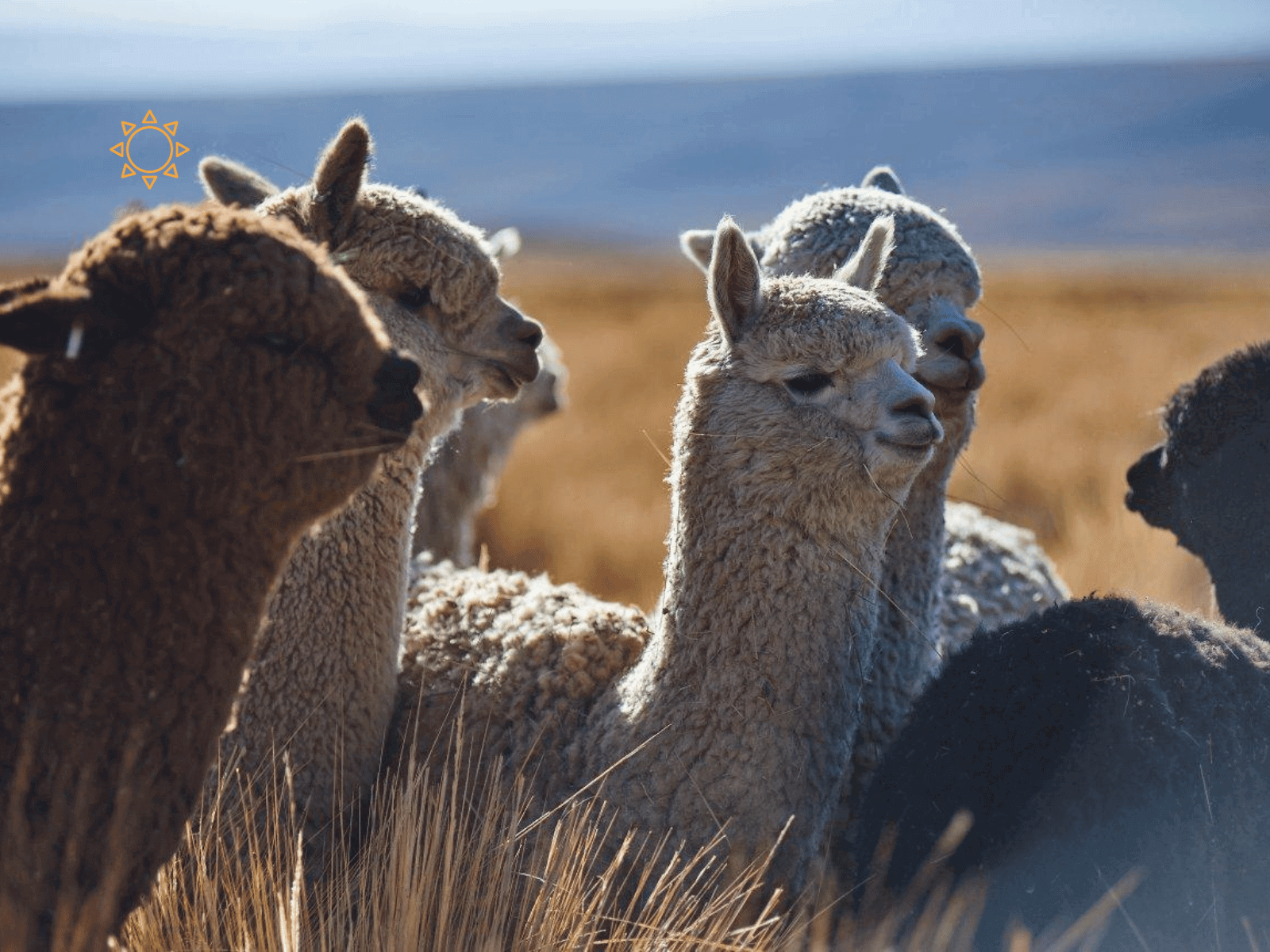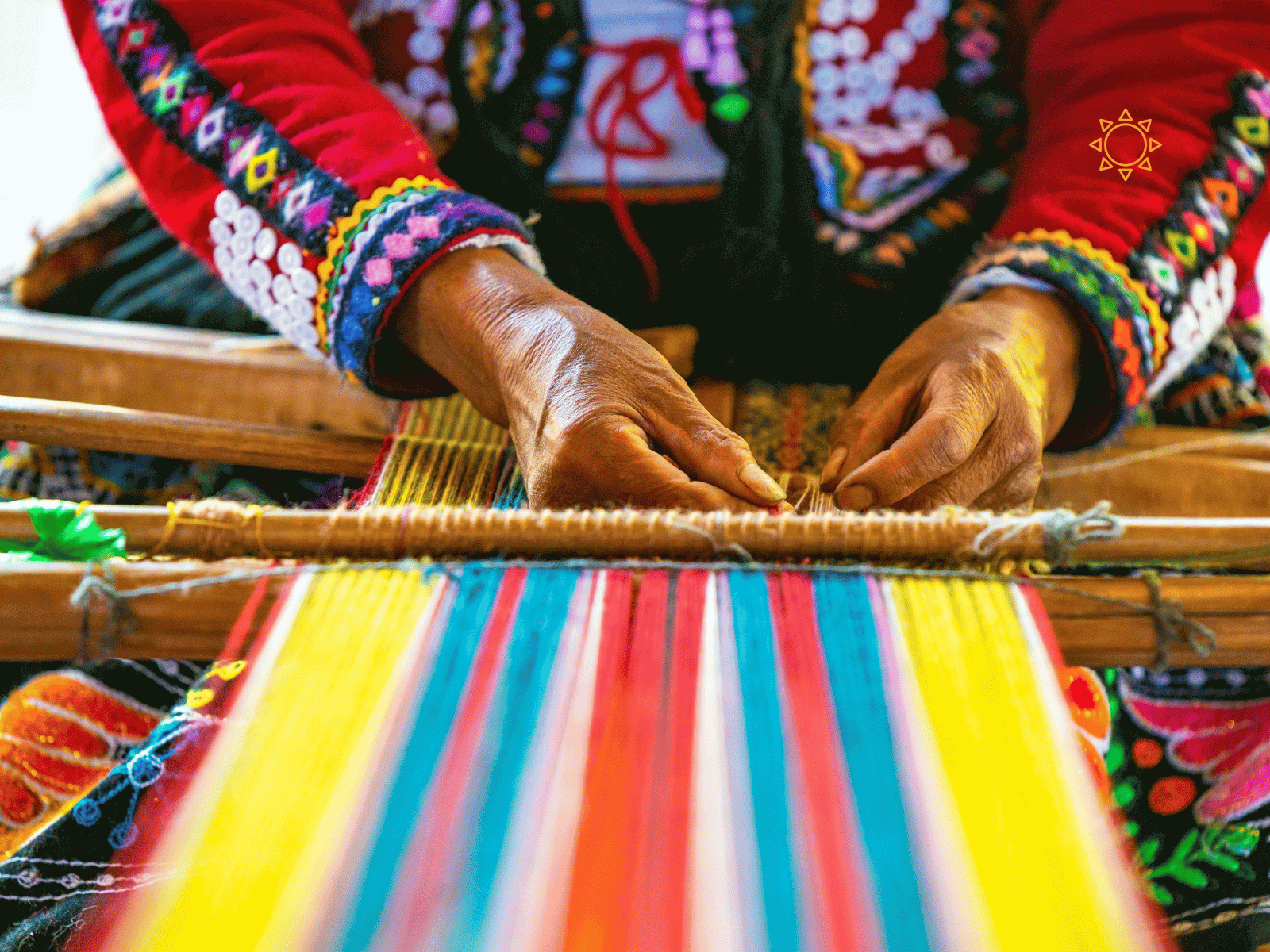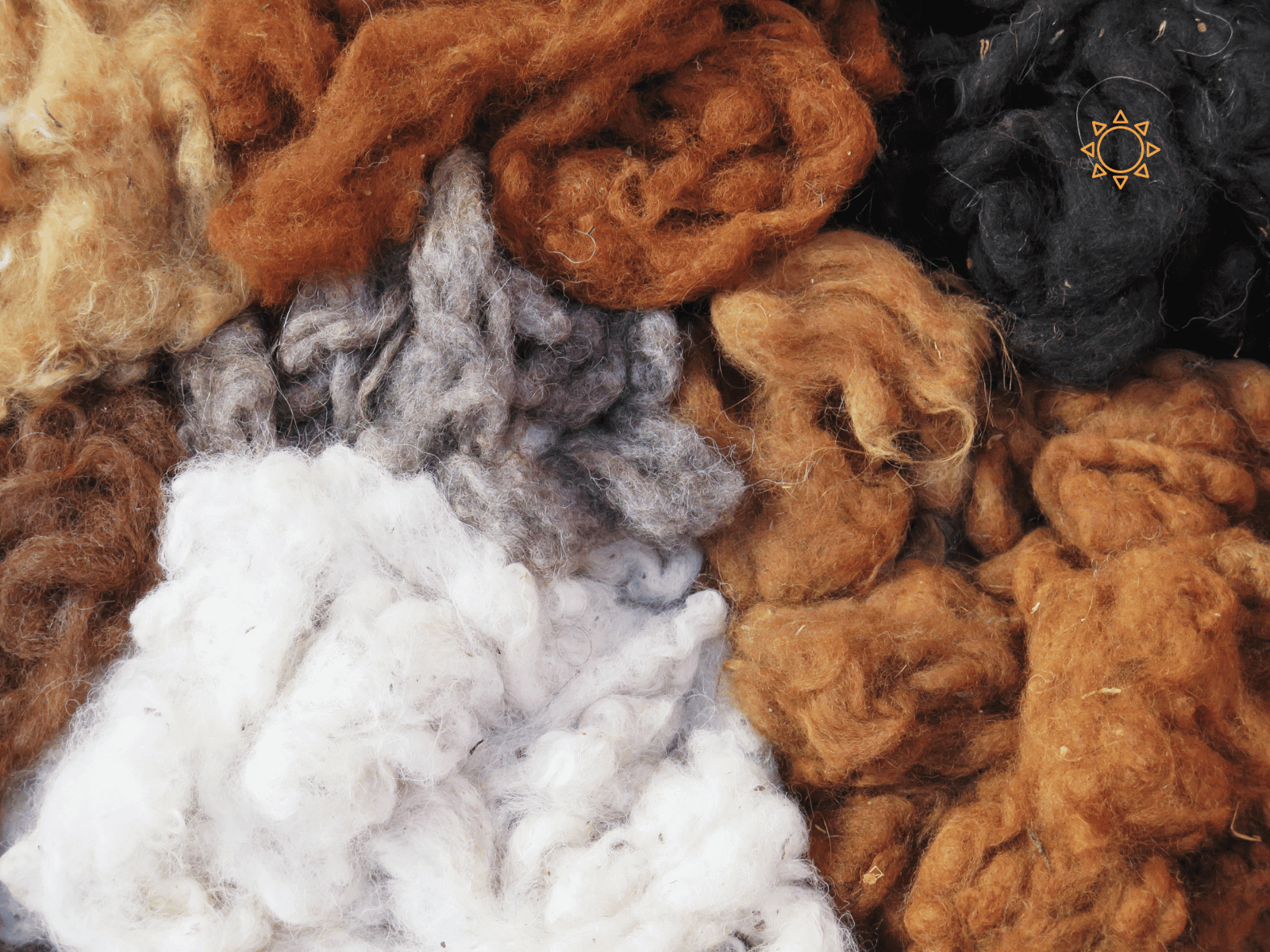
The Ultimate Guide to Baby Alpaca Wool
At Orange Inca, we take pride in offering products crafted from the finest natural fibres. One of the most luxurious and sought-after materials in our collection is baby alpaca wool. But what exactly is baby alpaca, and how does it differ from regular alpaca and other luxury fibres like cashmere? Let’s dive in to understand why baby alpaca is so special.
Related Articles:
- How Baby Alpaca Wool is Harvested
- Comparing Baby Alpaca Wool with Other Luxury Fibres
- The Sustainability of Baby Alpaca Farming: Nature’s Gift to Conscious Consumers

What is Baby Alpaca?
Contrary to what the name might suggest, baby alpaca wool does not come from baby alpacas. Instead, it refers to the fine, soft fibres obtained from the first shearing of an alpaca or from the fine undercoat of adult alpacas. These fibres are incredibly soft, measuring between 21.5 and 23 microns in diameter, which gives baby alpaca wool its signature silky texture.

The Origins of Baby Alpaca Wool
Baby alpaca wool has a rich history rooted in the Andean cultures of South America. For centuries, the indigenous people of Peru, Bolivia, and Chile have relied on alpaca wool for its warmth and versatility. The alpacas were domesticated around 6,000 years ago, and their wool has been a vital resource ever since.
Baby Alpaca vs. Alpaca: Key Differences
While both baby alpaca and regular alpaca fibres are known for their warmth, softness, and durability, there are distinct differences that set baby alpaca apart, making it a more luxurious choice.
- Softness and Fineness: Baby alpaca fibres are finer and softer than regular alpaca fibres. Regular alpaca fibres typically measure between 23 and 26 microns in diameter, making them slightly coarser compared to the ultra-soft baby alpaca.
- Texture: The finer fibres of baby alpaca give it a smoother, silkier feel against the skin, making it ideal for luxury garments and accessories.
- Insulation: Both types of alpaca fibres provide excellent warmth, but baby alpaca offers superior insulation without the bulk, making it perfect for layering. Moreover, alpaca wool adapts to your body temperature, keeping you warm in winter and cool in summer, making it versatile for year-round use.
Benefits of Alpaca Wool
Alpaca wool is not just about softness and warmth; it also boasts several other benefits:
- Hypoallergenic: Unlike sheep wool, alpaca wool does not contain lanolin, making it hypoallergenic and ideal for sensitive skin.
- Moisture-Wicking: Alpaca wool naturally wicks moisture away from the skin, keeping you dry and comfortable.
- Odour-Resistant: Thanks to its natural properties, alpaca wool resists odour, making it perfect for garments that need to stay fresh for longer periods.
Why Baby Alpaca is Better Than Cashmere
Baby alpaca is often compared to cashmere, another luxurious fibre. Here’s why baby alpaca stands out:
- Durability: Baby alpaca fibres are more durable and resistant to pilling compared to cashmere. This means that garments and accessories made from baby alpaca will maintain their beauty and integrity over time.
- Warmth: Baby alpaca offers excellent thermal insulation, providing superior warmth in colder climates without adding extra weight. Its adaptive properties ensure you stay comfortable in varying temperatures.
- Sustainability: Alpacas have a much lower environmental impact compared to cashmere goats. Alpacas have soft-padded feet that are gentle on the terrain, unlike the hooves of goats which can cause soil erosion. Additionally, alpacas require significantly less water and food than cashmere goats, making them a more sustainable choice. The production of cashmere also often involves overgrazing by goats, which can lead to land degradation.
- Hypoallergenic: Both baby alpaca and cashmere are hypoallergenic and free from lanolin, making them suitable for those with sensitive skin or wool allergies.

The Process of Harvesting Baby Alpaca Wool
The harvesting of baby alpaca wool is a delicate and humane process. Alpacas are shorn once a year, typically in the spring, to ensure their comfort during the warmer months. The shearing process is done carefully to avoid any harm to the animals. The fibres are then cleaned, sorted, and spun into yarn. This process preserves the natural qualities of the wool, ensuring that it remains soft, durable, and luxurious.

Suitable and Ethical Practices
At Orange Inca, we are committed to sustainable and ethical practices. Our alpaca wool is sourced from free-range alpacas that graze naturally in the Andean highlands. The shearing process is conducted in a manner that respects the well-being of the animals, and our artisans use eco-friendly methods to clean and process the wool. Our production centre has received the 'Certificate of Good Fair Trade Practices', the 'Responsible Alpaca Standard' label and the 'World Responsible Accredited Production' certification among others.
Our Baby Alpaca Line
The majority of our baby alpaca line is crafted from 100% baby alpaca fibres. For added variety and luxury, some of our products are blended with other natural fibres such as silk for extra sheen or wool for added volume in selected throws. This blend enhances the natural properties of baby alpaca, offering a wider range of textures and styles to suit your needs.
Spotlight on Our Products
- Garments and Coats: The softest sweaters, coats, jackets and capes, made from alpaca and alpaca blends, offer incomparable luxury. These garments have not been seen in Australia or Europe often. They are made to last a life.
- Shawls and Scarves: Perfect for adding a touch of elegance to any outfit, our shawls and scarves are made from the finest baby alpaca fibres, providing unmatched softness and warmth.
- Hats: Stay stylish and warm with our collection of baby alpaca blend hats. Designed for comfort, these hats are ideal for chilly days.
- Throws: Our baby alpaca throws are the epitome of luxury home decor. Whether draped over a sofa or used as a cosy blanket, these throws add a touch of sophistication to any living space.
The Alpaca Heritage
Did you know that around 80% of the world’s alpaca population is found in Peru? The remaining alpacas are primarily located in Bolivia, Chile, Australia, and a few other countries. This concentration in Peru has allowed Peruvian artisans to hone their skills over centuries, developing advanced techniques for working with alpaca wool that are unmatched anywhere else in the world. This rich heritage and expertise contribute to the superior quality of Peruvian alpaca products, making them highly sought after globally.

Cultural Significance
Alpacas have been a vital part of Andean culture for thousands of years. The indigenous people have used alpaca wool for clothing, blankets, and textiles, valuing its warmth and durability. Today, this tradition continues, with artisans blending ancient techniques with modern design to create beautiful and functional pieces.

Caring for Baby Alpaca Garments
To ensure the longevity of your baby alpaca garments, it is important to follow proper care instructions. Baby alpaca wool is naturally resistant to odours and stains, but it is best to hand wash items in cold water with a gentle detergent, or to dry clean, depending on the instructions that come with your garments. When suitable for hand wash, lay them flat to dry to maintain their shape and softness. With proper care, your baby alpaca garments will remain beautiful and luxurious for years to come.
Care Tips
- Storage: Store your baby alpaca garments in a cool, dry place. Use cedar balls or lavender sachets to deter moths.
- Avoid Heat: Never use hot water or a dryer, as heat can cause the fibres to shrink and lose their softness.
- Spot Cleaning: For small stains, use a damp cloth and a gentle blotting motion to clean the affected area.
Experience the Luxury of Baby Alpaca with Orange Inca
At Orange Inca, we offer a wide range of fashion accessories and home decor items made from luxurious baby alpaca fibres. From shawls and scarves to hats and throws, each piece is meticulously crafted to provide unparalleled softness, warmth, and elegance. Explore our collection today and experience the unique charm and sustainability of baby alpaca.

Related Articles:



Leave a comment
This site is protected by hCaptcha and the hCaptcha Privacy Policy and Terms of Service apply.